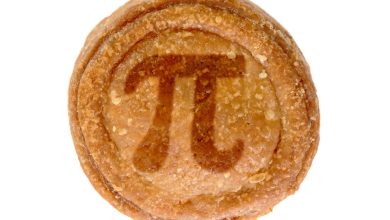
Python sets are a powerful data structure that can be used to store unique elements in a collection. Despite their usefulness, many beginners may find sets confusing or intimidating. In this article, we will untangle the mysteries of Python sets and provide a beginner’s guide to understanding and using them effectively.
First, let’s start with the basics. A set is an unordered collection of unique elements. This means that a set cannot contain duplicate values, and the elements are not stored in any particular order. Sets are mutable, meaning that you can add or remove elements from a set after it has been created.
To create a set in Python, you can use curly braces or the set() function. For example:
“` python
my_set = 1, 2, 3, 4, 5
another_set = set([1, 2, 3, 4, 5])
“`
You can also create an empty set by using set() without any arguments:
“` python
empty_set = set()
“`
One of the main advantages of using sets in Python is their ability to perform set operations such as union, intersection, difference, and symmetric difference. These operations allow you to combine, compare, and manipulate sets in various ways.
Here are some common set operations in Python:
– Union: Combines two sets and returns a new set with all the unique elements from both sets.
“` python
set1 = 1, 2, 3
set2 = 3, 4, 5
union_set = set1 | set2
print(union_set) # Output: 1, 2, 3, 4, 5
“`
– Intersection: Returns a new set with the common elements between two sets.
“` python
intersection_set = set1 & set2
print(intersection_set) # Output: 3
“`
– Difference: Returns a new set with the elements that are in the first set but not in the second set.
“` python
difference_set = set1 – set2
print(difference_set) # Output: 1, 2
“`
– Symmetric Difference: Returns a new set with the elements that are unique to each set (i.e., not in both sets).
“` python
symmetric_difference_set = set1 ^ set2
print(symmetric_difference_set) # Output: 1, 2, 4, 5
“`
In addition to set operations, sets in Python also support other useful methods such as add(), remove(), discard(), pop(), clear(), and copy(). These methods allow you to add or remove elements from a set, retrieve and remove elements, clear the set, and create a copy of the set.
Overall, Python sets are a valuable tool for managing collections of unique elements and performing set operations efficiently. By understanding the basics of sets and how to use them effectively, beginners can unlock the full potential of this versatile data structure in their Python programs. With practice and experimentation, you can become proficient in using sets and leverage their capabilities to solve a wide range of programming problems.






